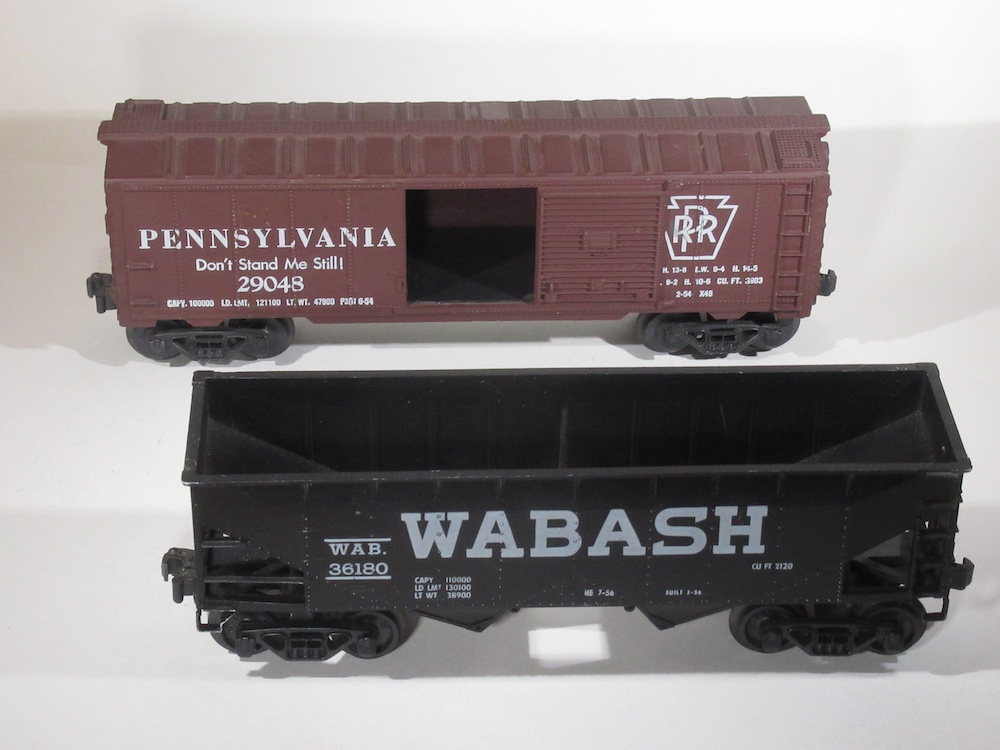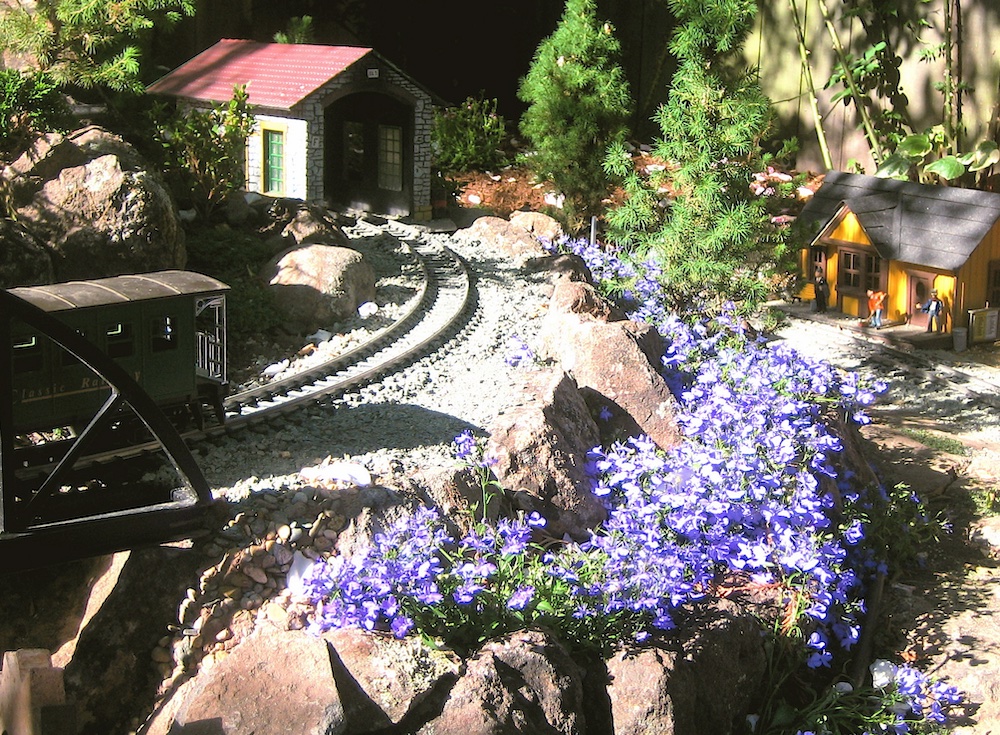Fake steam gauges
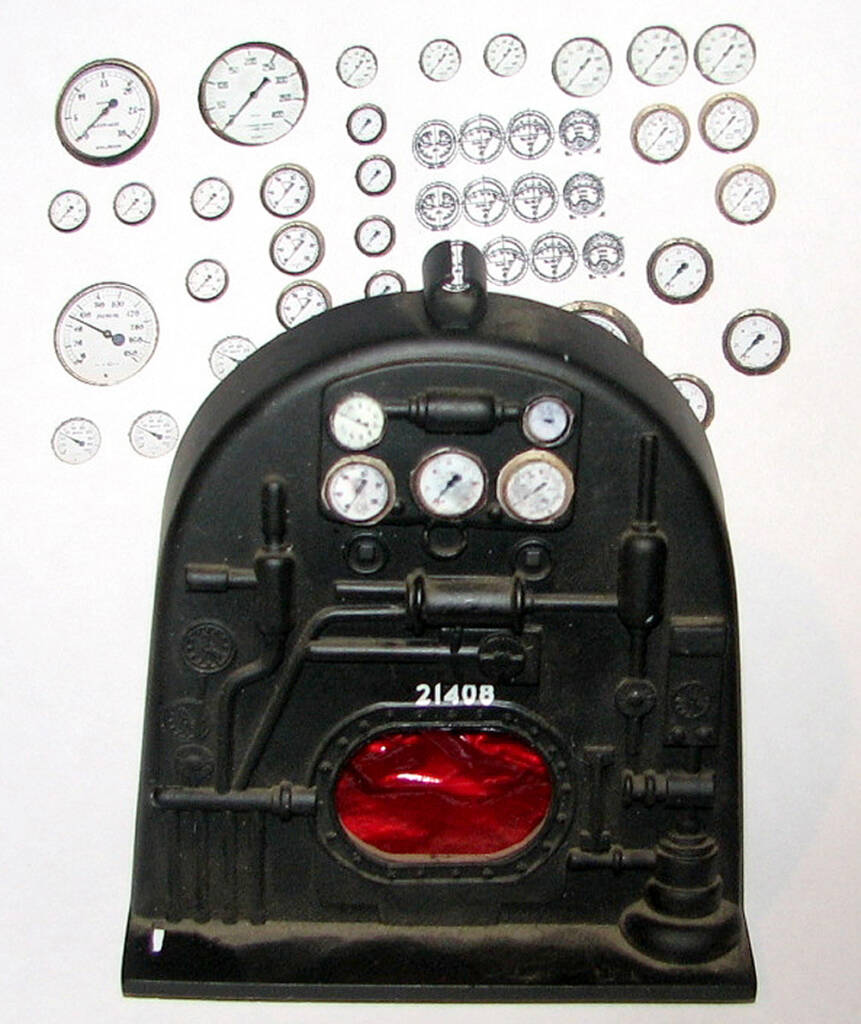
I’ve made my own fake gauges before I thought of this. I found some pictures of gauges by doing an Internet image search. I then sized them to fit my old kitbashed Pacific’s backhead, which I plan to use in a Challenger. I put shiny, clear tape over them to give the impression of glass, then glued them in place with CA cement. You might want to put some tape on the back too, as the glue blurred the inkjet printing a little. —Jerry Barnes, Lexington, Nebraska
Hiding decal edges
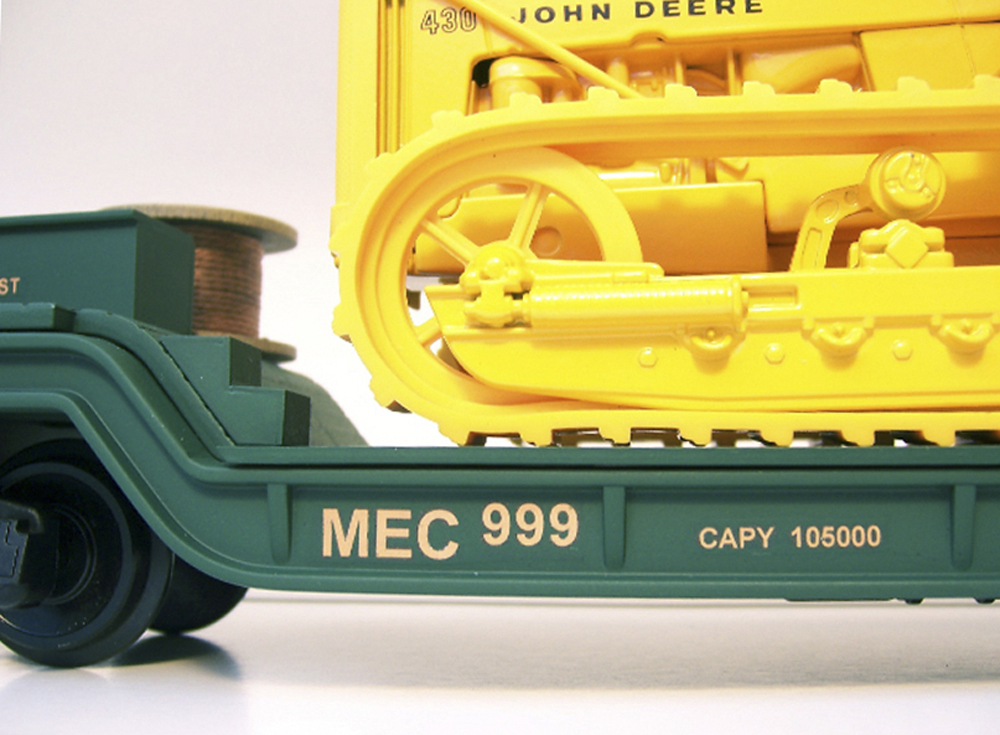
When using clear decal paper, I use Testors Glosscote, brushed onto the edges of the decal to build up and feather out the crisp edge line. I then go over the whole project with two to three topcoats of clear finish to seal it all up.
When using white decal paper, I first print a background color as close to the finish color as possible. Close is good enough; the next step will fool the eye. After the decal has set; I then carefully brush on the finish color that I painted the car, over the decal, steering clear of the lettering, covering and masking the background color and white edge of the decal. I also feather out the edges to hide the cut lines. If you miss a few spots, or can’t get into the small areas don’t worry—your eye will blend it all in. After the paint dries, two or three clear coats will seal it all up. — Jon Karl Tritt, Ipswich, Massachusetts
Roofing material
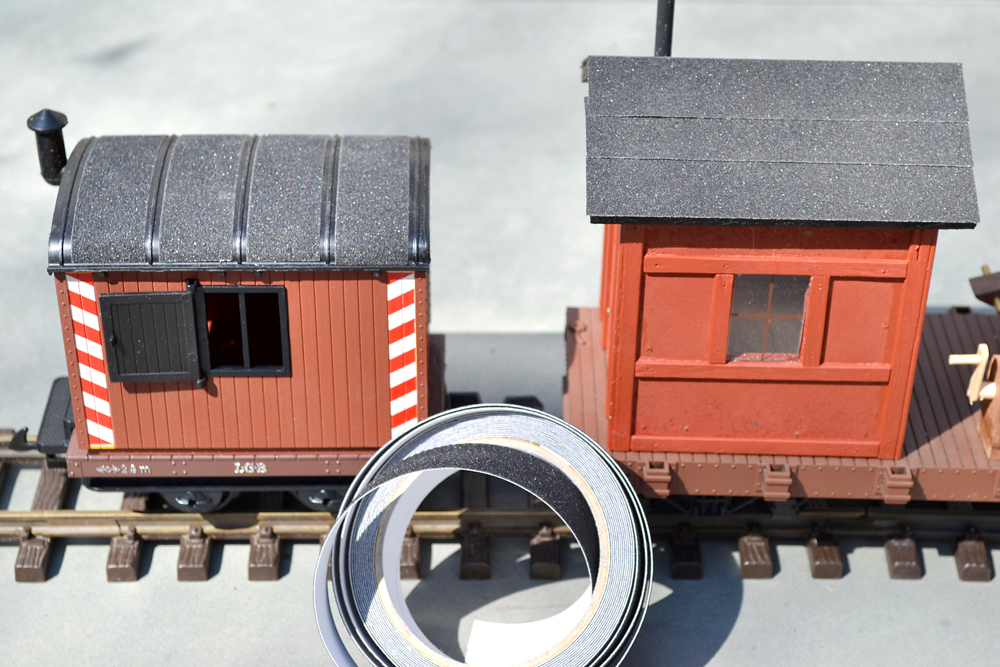
I had a few railroad cars that I thought would look better with textured roofs instead of the smooth plastic or wood that they came with. In the past, I have used a fine grit wet/dry black sandpaper to simulate rolled roofing. The sandpaper needs to be cut to shape and glued down well to stay put.
One day, while in an Ikea store, I came across a roll of nonskid tape for stair steps, so I tried it out on these two cars. (Nonskid tape is also available at most hardware stores.) What is nice about the tape, verses the sandpaper, is that it is already an appropriate width for car roofs, and it is peel-and-stick. Measure, cut, stick. It is easy, with no mess, and I think it looks pretty good. —Todd Haskins, Brewster, Massachusetts
Keeping track of small items
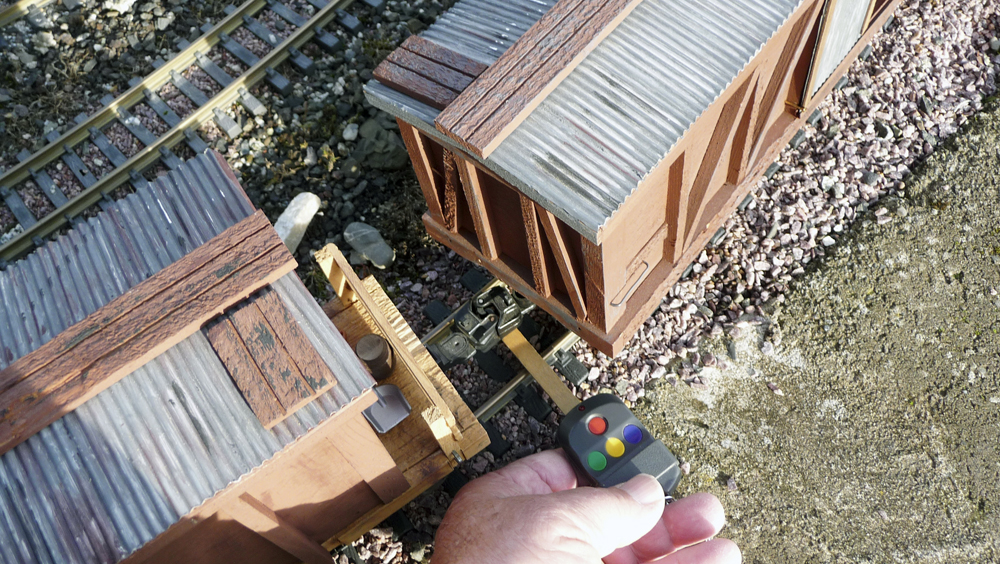
I use a small stick to operate couplers. I have difficulty trying to keep track of both the uncoupling device and my Bridge–werks remote controller while operating around the pike. I would move off location, leaving one or the other behind. Then I would have to look for the lost device. My solution was to join the two with a small strip of double-adhesive foam. That way, the probability of losing one or the other is reduced, both the controller and the coupling-assist device could be operated with one hand, and the other hand is kept free. —Dick Wolf, Carlsborg, Washington







